Description
L’éloquence by Louis-Héctor Leroux printed on a T-Shirt
About the T-Shirt
Regular fit
Standard length, the fabric easily gives into movement
Casual wear
A classic, everyday option loved by our customers
Side-seamed
Constructed by sewing two parts together, creating a fitted look
The Unisex Staple T-Shirt feels soft and light with just the right amount of stretch. It’s comfortable and flattering for all. We can’t compliment this shirt enough–it’s one of our crowd favorites, and it’s sure to be your next favorite too!
- Solid colors are 100% Airlume combed and ring-spun cotton
- Ash color is 99% combed and ring-spun cotton, 1% polyester
- Heather colors are 52% combed and ring-spun cotton, 48% polyester
- Athletic and Black Heather are 90% combed and ring-spun cotton, 10% polyester
- Heather Prism colors are 99% combed and ring-spun cotton, 1% polyester
- Fabric weight: 4.2 oz./yd.² (142 g/m²)
- Pre-shrunk fabric
- 30 singles
- Side-seamed construction
- Tear-away label
- Shoulder-to-shoulder taping
- Blank product sourced from Nicaragua, Mexico, Honduras, or the US
Louis-Héctor Leroux (1829-1900)
Louis Hector Leroux was a French painter in the academic style.
Training as a wigmaker, he briefly worked in that profession in his birthplace at the same time as taking a drawing course in the town’s art college, winning all its art prizes. These prizes earned Leroux a small bursary to go to Paris to study further, and he entered the École nationale supérieure des Beaux-Arts in 1849. He studied in the studio of François-Édouard Picot, producing copies of illustrations and museum works to supplement his income. He won the second prize in the Prix de Rome in 1857, staying in Rome from then until 1874. Shortly after his arrival in Rome the French state commissioned him to produce a painted copy of Titian’s Sacred and Profane Love, whilst he later also produced copies for the Gobelins manufactory. He travelled from Rome to the rest of Italy, to Greece, Asia Minor, Turkey and Egypt, making occasional return trips to Paris. From 1863 onwards he painted almost solely classical subjects, along with occasional historical or biblical subjects. His daughter Laura Leroux was also a painter.

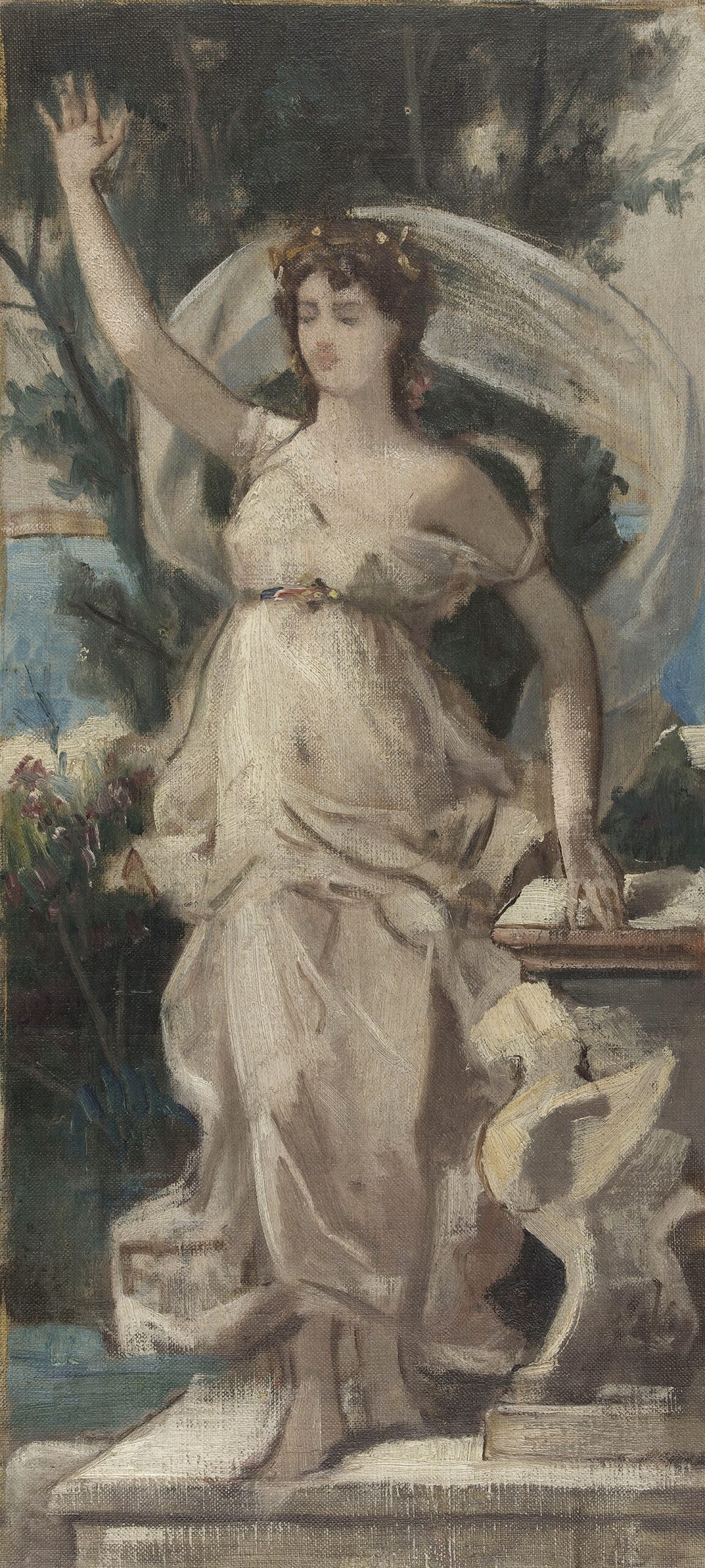
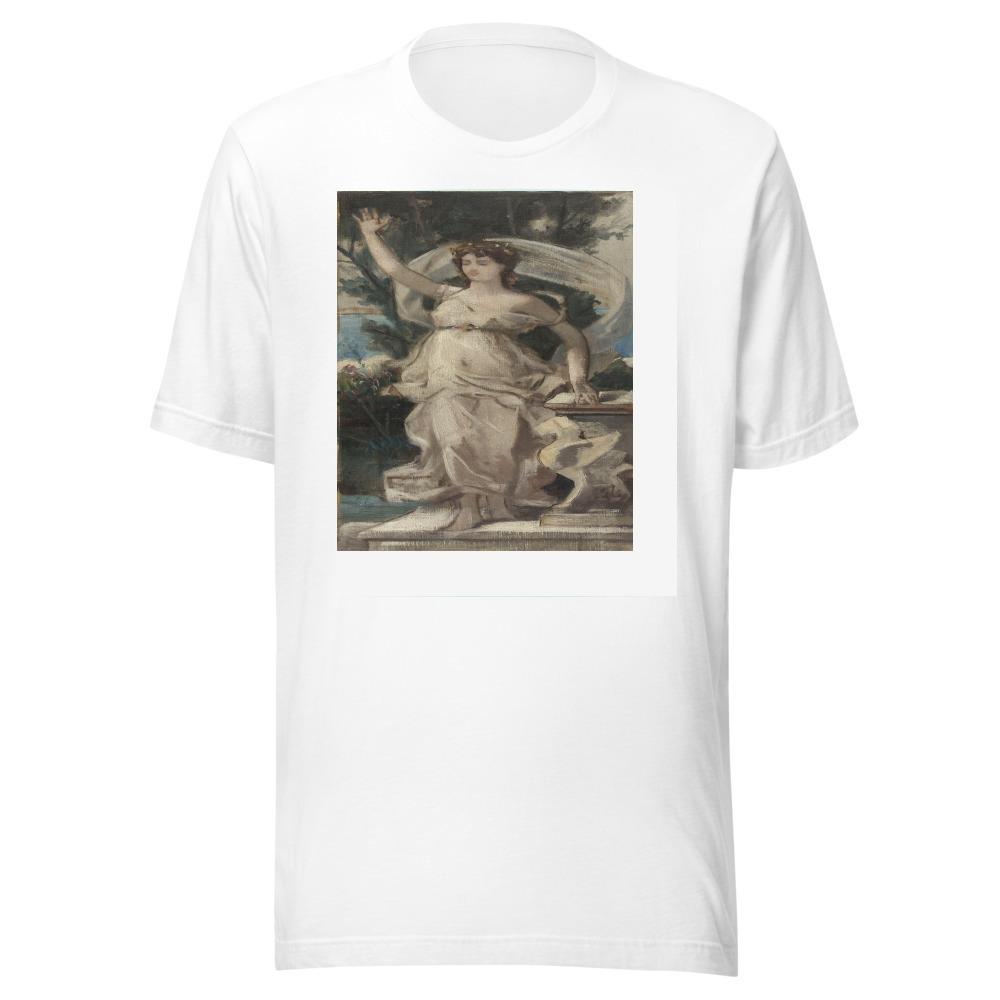
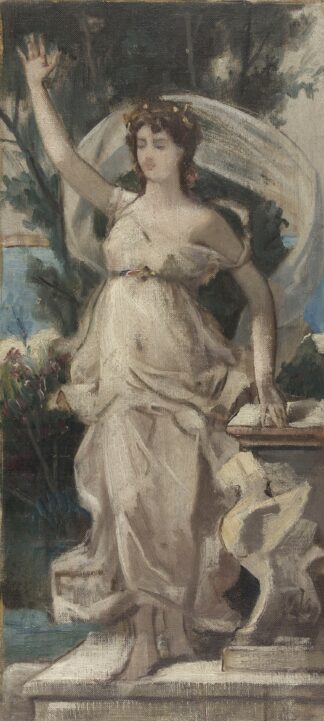
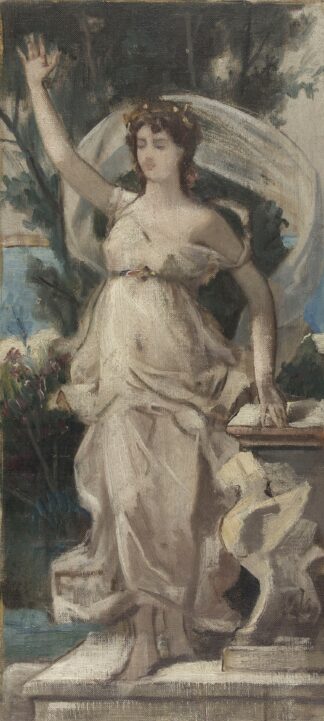
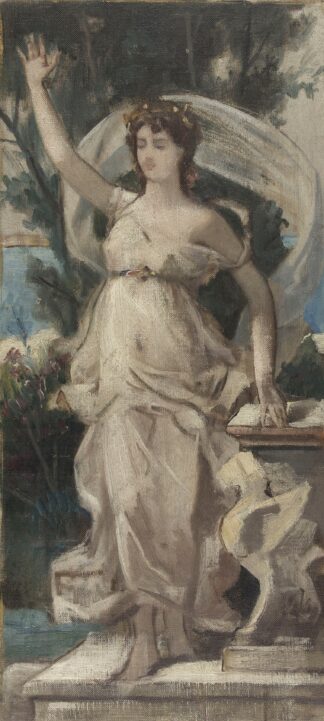
Reviews
There are no reviews yet.